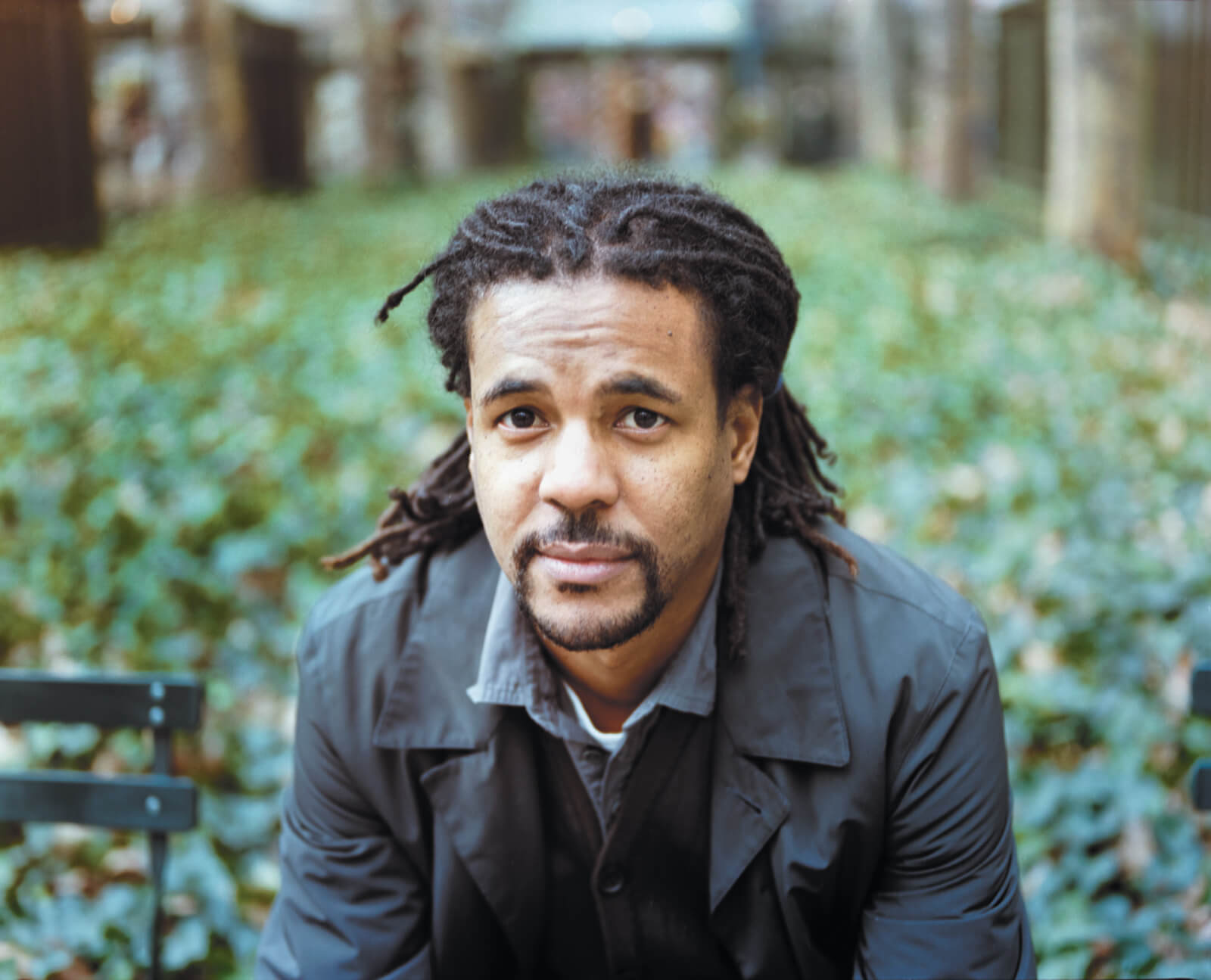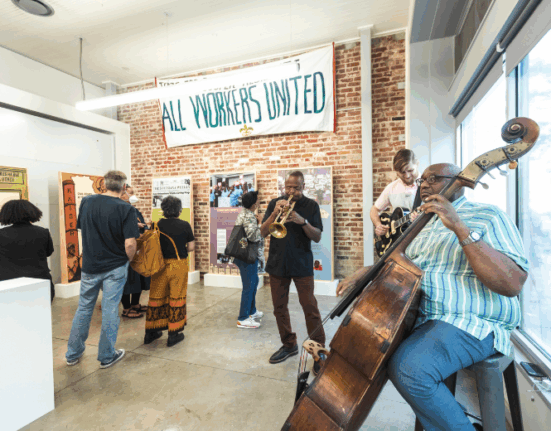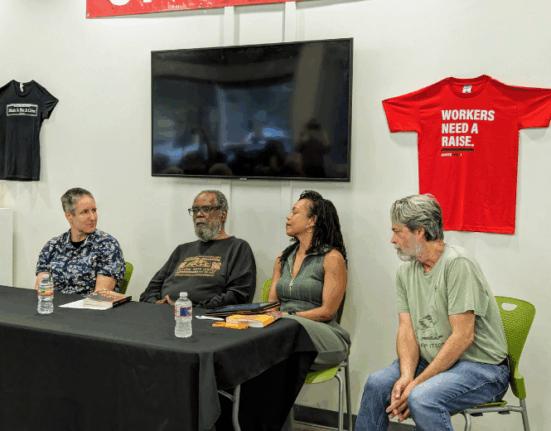Colson Whitehead’s The Underground Railroad has now won the Pulitzer Prize and the National Book Award for fiction, and it’s a fitting choice for our current political moment. Published in the midst of ongoing controversies over policing, racial profiling, and movements for black lives, and awarded in the wake of a very racially polarized presidential election, the novel beckons readers with a title connoting interracial cooperation and prior struggles for equality and freedom. In fact, in someone else’s hands, an exploration of this topic might have produced a Hollywood-friendly, feel-good historical yarn filled with heroic courage, omnipresent danger, narrow escapes, and personal redemption. To be sure, some of those elements are present in the book, but Whitehead has a much more ambitious — and darker — agenda. Compressing the whole history of white supremacy in America into the experiences of one fugitive slave in the 1850s, The Underground Railroad is a riveting read, but the dominant mood is far from triumphant. Dread and desperation define this novel, and the protagonist’s end is not a victorious deliverance from evil but a steely determination to forge ahead, even in the face of repeated horrors. Like I said, this is a fitting choice for our political moment.
The novel’s protagonist is a slave named Cora who flees her Georgian plantation and heads north in search of freedom. But she never gets to the promised land. Encountering different manifestations of racist terror on each stop of the underground railroad — represented in chapters named for states (South Carolina, North Carolina, Tennessee, and Indiana) — Cora repeatedly endures and escapes her many tormentors, following the North Star yet never finding the North, that ostensible site of freedom. Though her route has indeed taken her ever northward on the map, she proves unable to leave behind the evils of not only slavery but also the much broader project of white supremacy. At novel’s end, she is on the move again, but with no expectation of salvation.

Unlike Steve McQueen’s Academy Award-winning film 12 Years a Slave, then, the novel refuses to flatter an American audience long accustomed to neatly contrasting the good/free North with the bad/slave South. Even more, by incorporating fantastical elements (the underground railroad is actually a steam locomotive connecting terminals via subterranean tracks) and deploying historical anachronisms (Charleston, South Carolina’s downtown features skyscrapers with elevators), Whitehead refuses readers the comfort of situating racism safely within the distant, long-ago-resolved past. In short, The Underground Railroad asks disturbing and uncomfortable questions about whether, for African Americans, the USA was and is nothing more than an inescapable minefield of white-on-black terror.

And yet, as the novel concludes, Cora, though beaten and bruised, is still very much alive. She’s a survivor, an endurer, a persister, exhibiting a resilience no less impressive than the real-life fugitive slaves upon whom she’s based. Whitehead titles his final chapter “The North,” which might be ironic since Cora has joined a wagon party headed not to Massachusetts or Canada, but west, to California. But I think he’s reminding his readers that “the North” as a promised land has always been more of an ideal than an actual place. He’s also suggesting that the fight for that ideal — a place where racial violence and oppression gets trumped by freedom, equality, and peaceful opportunity — is well worth striving for. That might be why the author opens this final chapter with a fictive runaway slave ad written as if from Cora’s point of view: “RAN AWAY from her legal but not rightful master fifteen months past, a slave girl called CORA; of ordinary height and dark brown complexion; has a star-shape mark on her temple from an injury; possessed of a spirited nature and devious method. … She has stopped running. Reward remains unclaimed. SHE WAS NEVER PROPERTY.”
Throughout American history, real life Coras pursued the vaunted promised land by following their own paths northward. Before the Civil War, that illustrious list included free folks like Abraham Lincoln (Kentucky to Indiana and Illinois) and the abolitionist Grimke sisters (South Carolina to Philadelphia), as well as fugitive slaves like Frederick Douglass (Maryland to Massachusetts and New York) and Harriet Jacobs (North Carolina to New York and Boston). And emancipation didn’t end this exodus of southern radicals and reformers to the North, as great migrations continued into the twentieth century, led by future labor leaders A. Philip Randolph (Florida to New York), Walter Reuther (West Virginia to Detroit), and Pauli Murray (Baltimore to New York).
For all these movers and shakers, the North was a real region with cities where they could find allies, found newspapers, and forge labor unions and citizens’ organizations. At the same time, though, the area was always as much an aspirational ideal as an actual location, and the newcomers experienced as many setbacks as successes in northern communities sometimes just slightly less oppressive than their southern counterparts. Still, the power of the promised land — whether physical or metaphorical — anchored their imaginations, as when Frederick Douglass plucked the brightest point from the night sky and made it the title of his first newspaper. The North Star, unveiled in 1847, featured a masthead motto breathtaking in its scope: “Right is of no sex — truth is of no color — God is the Father of us all — and all are brethren.”
Today we still struggle to achieve Douglass’ inclusive assertion from 160 years ago, and in many ways it seems we’re actually moving in the opposite direction. But as we awake to the consequences of the 2016 election and take stock of the American experiment in 2017, it’s good to remember that we live in a big country brimming with good people ready to fight for the core yet contested American values of freedom, opportunity, and inclusion. At the moment, the North Star points not north but west, to the Pacific coast. With Seattle adopting a $15-an-hour minimum wage, Los Angeles and San Francisco providing sanctuary for immigrants, and elected leaders like Portland Mayor Ted Wheeler vowing to “Stand Up to Trump” and Governor Jerry Brown denouncing Trump and declaring California a “beacon of hope to the rest of the world,” the West has become the new North.
Perhaps that explains Whitehead’s decision to pivot Cora’s path westward at the end of The Underground Railroad. In any case, in the face of the recent rise of the South and the southernization of our national life (see my prior post), Colson Whitehead’s powerful prose reminds us that though the ongoing freedom struggle is national in scope and can at times feel like a lost cause, its advocates and allies can draw inspiration from a rich legacy of resistance and persistence, even in the darkest days. The lesson is clear: emulating our forebears, we should find and follow our own North Star and get to work forging our own promised land, which is whenever and wherever a diverse people are promoting tolerance, envisioning equality, and fighting for liberty for all.
Originally published April 13, 2017 at The Labor Question Today. Republished with permission from the author.







